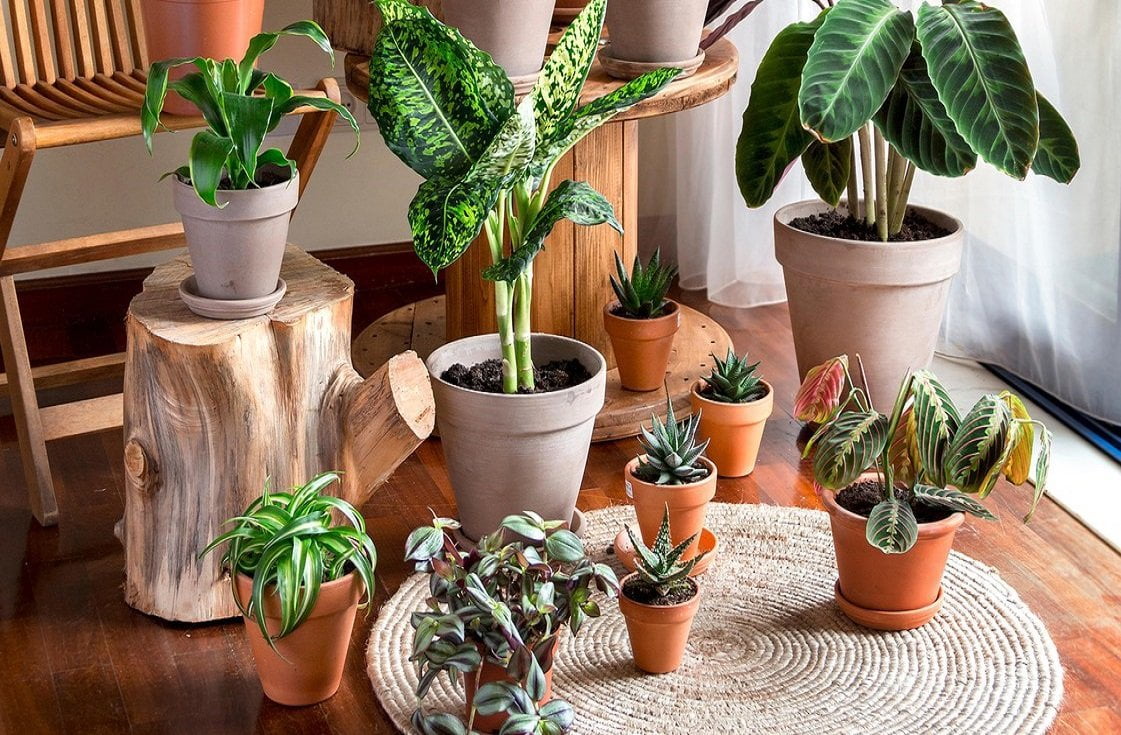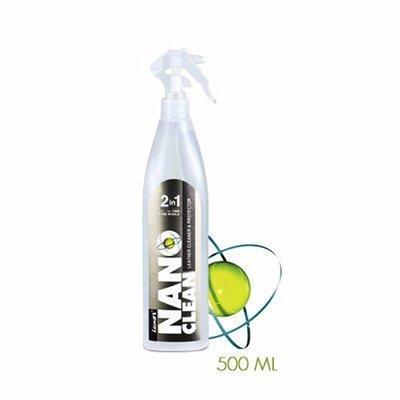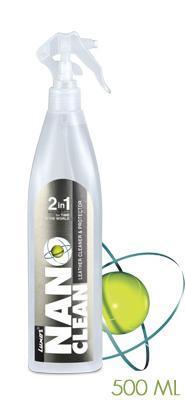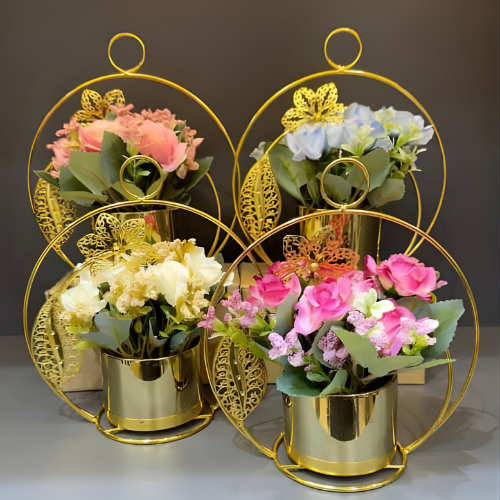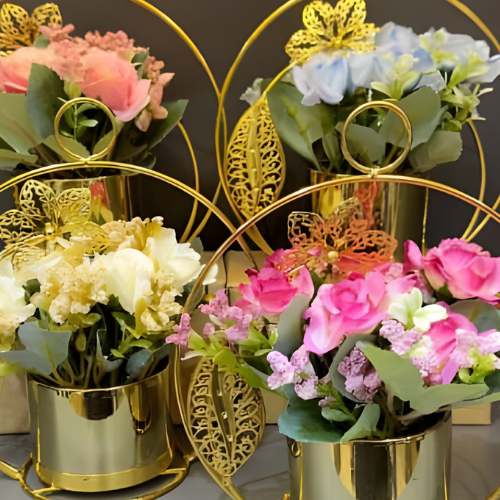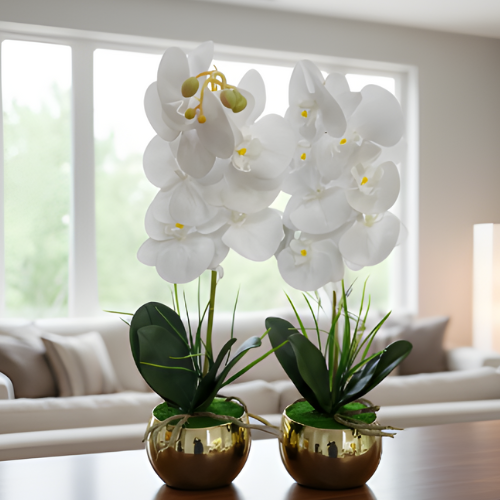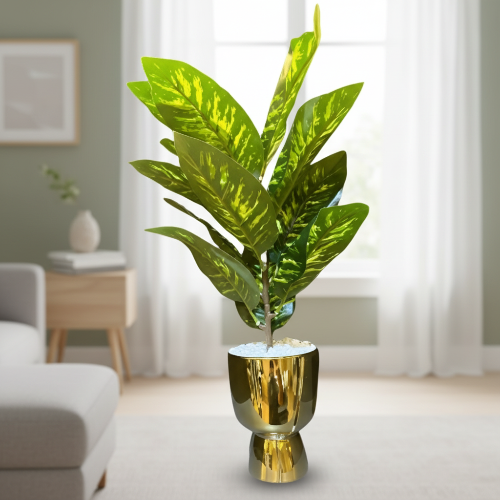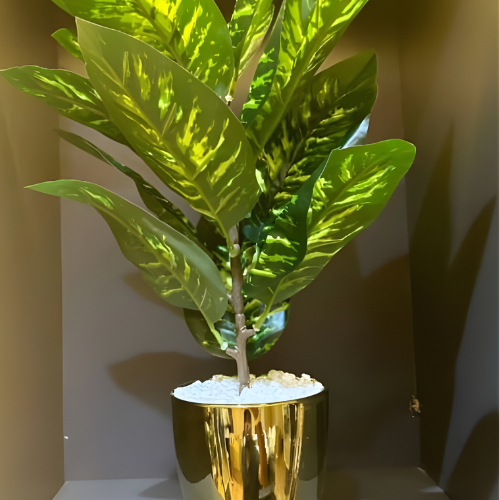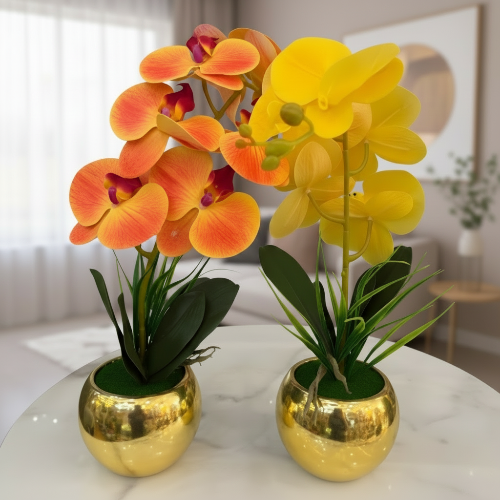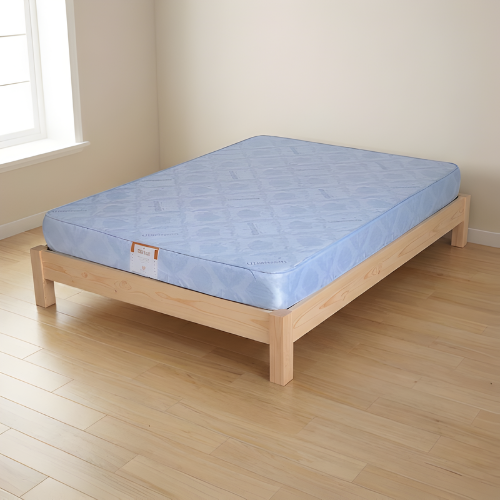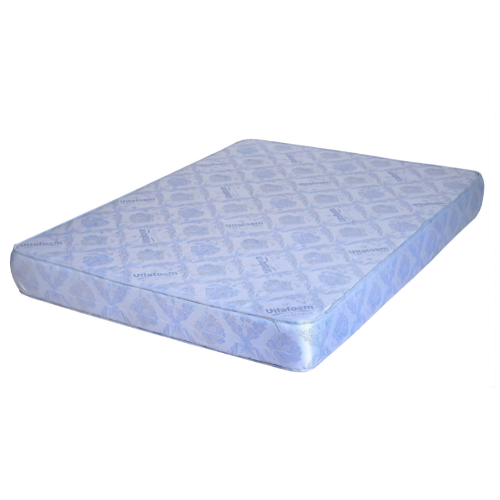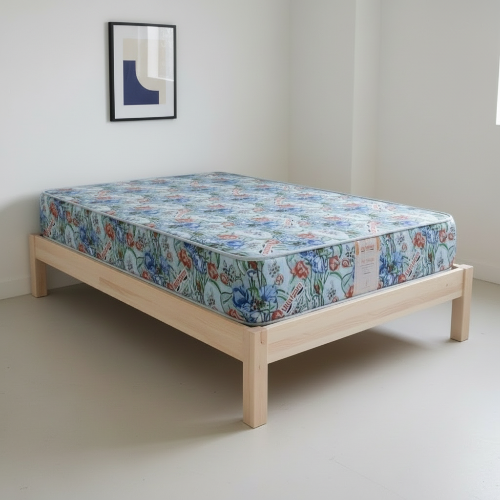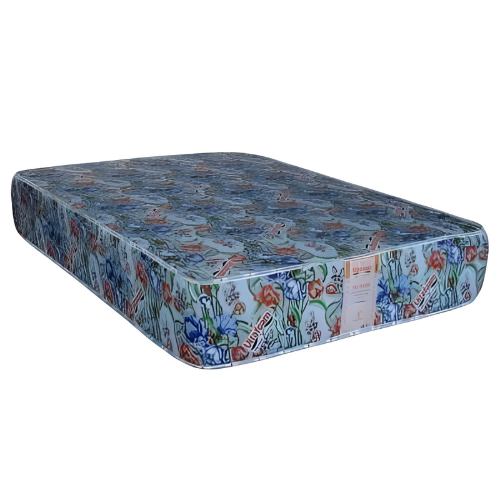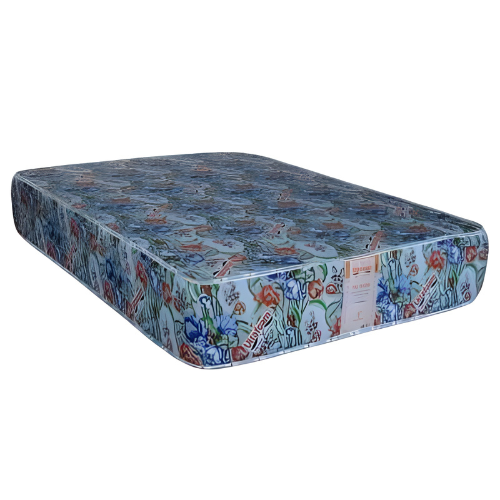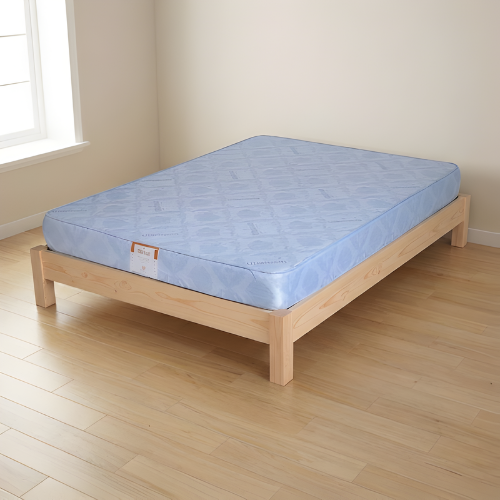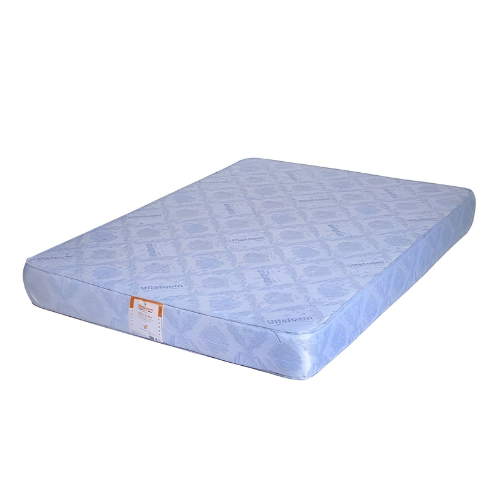Some common indoor plants are valuable in protecting humans against the rising levels of indoor pollution. It’s, therefore, no wonder that 90% of millennials are in search of indoor plants that can boost their mental health and wellbeing. Most of them have taken to bringing the outdoors indoors by embracing aloe, cacti, and air plants.
When choosing indoor plants, it's essential to remember that some are more effective than others in purifying the air. Your search for the best plants can be long and tiresome. With this guide, though, you'll quickly find some suitable plants for your indoor spaces.
Areca Palm
Its scientific name is Chrysalidocarpus lutescens and it’s highly effective in removing toxins like xylene and toluene. Toluene is one of the most hazardous chemicals to human health. It’s commonly found in house paint, glue, nail polish remover, and correction fluid.
Xylene is found in printing, rubber, and leather solvents. Once these chemicals find their way into offices and homes, their long-term cumulative effects can be lethal.
Areca palm not only removes these toxins but also emits large amounts of water vapour. This is a plus for indoor spaces with dry air. It can survive in most indoor areas, although it blooms in humid areas to prevent the tip from damage.
Ensure the plant has excellent loam-based potting soil to enhance its survival. Fertilise regularly apart from the winter season. Don't forget to give it enough water.
Golden Pothos
Golden pothos is a favourite among indoor plant lovers because it grows very fast. It works by removing formaldehyde toxins that come from fibreboard, glues, and adhesives, plywood, and wrinkle-resistant fabrics.
Inhalation of the toxins can cause severe respiratory tract irritation. It’s also a skin irritant and causes dizziness and suffocation.
Golden pothos is one of the excellent indoor plants you can hang on walls using flower baskets. To survive indoors, it requires bright but indirect light. Avoid over watering the plant as this can lead to root rot.
Bamboo Palm
The bamboo palm is highly rated for its ability to eliminate formaldehyde from the air. Besides, it also removes benzene from the air, which is an active ingredient in lubricants, dyes, rubber, and detergents. In industrial settings, it can be used for the removal of trichloroethylene, which is an industrial solvent.
Apart from removing these toxins, the lacy green fans of the bamboo palm add humidity to a room. It also brings out a tropical feeling in your indoor environment.
The plant also goes by the name reed palm. It does well in areas with bright but indirect light. The temperature range should be between 16°C and 24°C. A moderately warm room is the ideal location for the plant.
Initially, your plant will lose its interior foliage as it gets accustomed to indoor settings. This is normal with the plants and should be no cause for alarm. Remove the dead fronds but be careful about pinching out the tip of new stalks.
Red-Edged Dracaena
The red-edged dracaena comes in many varieties, but the red one brings a pop of color in a room. Its function is to eliminate xylene, trichloroethylene, and formaldehyde toxins. Although it grows at a slow pace, it can reach a height of 15 feet.
For its height, you’ll want to keep it in a room with high ceilings. Ensure to read the instructions on the seed packet for care and maintenance.
The Weeping Fig
The weeping fig plant is effective in eliminating pollutants like formaldehyde, trichloroethylene, and benzene. These are toxins produced by furniture and carpeting products.
Although the plant is a little tricky to grow, it can thrive in areas with bright but indirect sunlight. Its high rate of transpiration keeps a room humid and tranquil.
Take Away
There’s no better way to keep your indoors fresh and humid than to have some indoor plants. These plants are highly effective in removing toxins that are a risk to human health. With the growing indoor plants market size, you’ll hardly miss the best plant for your indoor space.
Among the plants to choose from are the weeping fig, the red-edge dracaena, and the bamboo palm. Golden pothos and the areca palm are also excellent indoor plants to consider.

Wendy Dessler
She's a super-connector who helps businesses find their audience online through outreach, partnerships, and networking. She frequently writes about the latest advancements in digital marketing and focuses her efforts on developing customised blogger outreach plans depending on the industry and competition.



